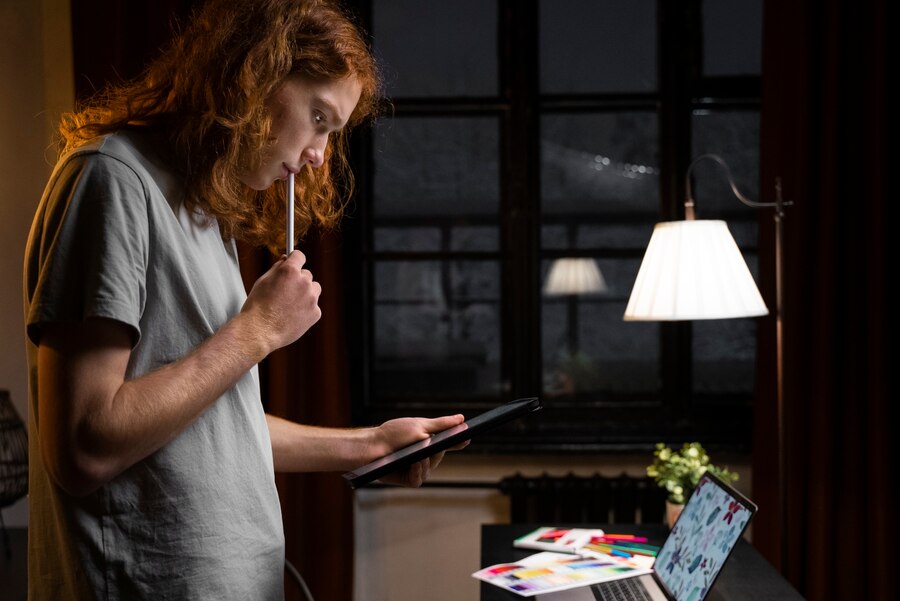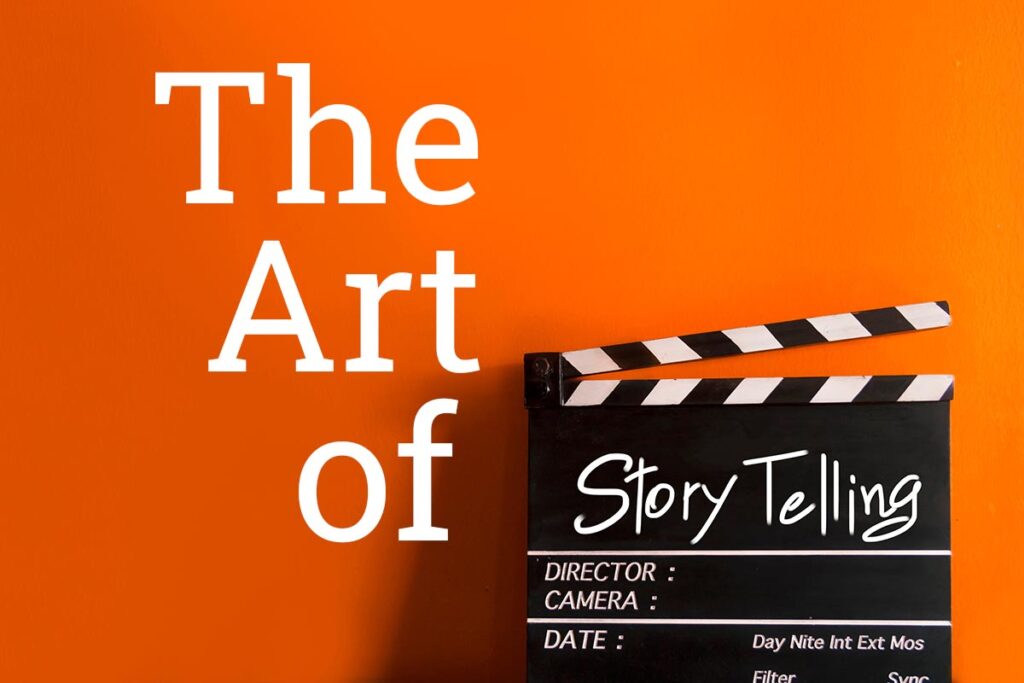Marketing has always been about connection. And what better way to connect than through stories? Visual storytelling, in particular, is changing the landscape of marketing. Pictures, videos, infographics – they all speak louder than words. But how? Why? Let’s dive in.

The Science Behind Visuals
Ever heard the saying, “A picture is worth a thousand words”? Our brains process visuals 60,000 times faster than text. That’s not a random number. It’s a fact. Visuals stick. They make us feel. They make us remember.
Consider this: 90% of the information transmitted to our brain is visual. Now, think about it. You’re scrolling through social media. What catches your eye? A block of text? Or a vibrant image? It’s obvious. Visuals win every time.
Emotional Connections Through Stories
Stories have been with us since the dawn of time. Cave paintings, myths, legends. They evoke emotions, create memories, forge connections. Combine that with visuals, and you’ve got a potent marketing tool.
Imagine a commercial. A family, sitting around a dinner table, laughing, sharing stories. You see the steam rising from a bowl of soup, the sparkle in their eyes. You feel warmth, joy, nostalgia. That’s the power of visual storytelling. It’s not just about selling a product. It’s about selling a feeling.
What is the power of visual storytelling in marketing? In the ability to capture attention and bring a brand closer to customers. Don’t you love it when you read a whole story on the FictionMe novel app? Unlike fragmented information about a brand, books on FictionMe offer a plot, deep analysis, and fascinating concepts. Just like you research books on a story reading app, visual storytelling helps tell more about a brand and create a sense of trust.
Enhancing Brand Identity
Consistency in visual storytelling is key to building a strong brand identity. Specific colors, fonts, imagery, and themes—these elements create a unique visual language that sets a brand apart. Think of Apple. Their sleek, minimalist design aesthetic is instantly recognizable and aligns with their brand values of innovation and simplicity. This consistent visual narrative helps reinforce brand identity and makes it easier for consumers to identify and relate to the brand. Visual storytelling is not just about telling a story; it’s about telling the brand’s story in a way that is consistent and recognizable.
Amidst the tableau of marketing visuals, the emergence of AI transforms storytelling dynamics. The nature of video itself shifts as brands now harness tools to create AI-generated videos, offering a dynamic medium to narrate immersive stories with efficiency and innovative visuals.
Methods of Visual Storytelling
There are many ways to weave a story visually. Let’s break it down.
- Videos : Short, long, animated, live-action. Videos can tell a story in a way text never can. Think of a product demo. A how-to. A customer testimonial. Platforms like YouTube and TikTok thrive on video content. It’s engaging. It’s shareable.
- Infographics : Data can be dry. Boring. But infographics? They bring data to life. Charts, graphs, colorful icons. They make information digestible. Memorable.
- Animations and Motion Graphics : These aren’t just for cartoons. They’re for explaining complex ideas. Adding a creative twist. Making your message pop.
- Interactive Content : Quizzes, polls, clickable graphics. These turn passive viewers into active participants. They engage. They retain.
- User-Generated Content : Real people, real stories. Encouraging customers to share their experiences adds authenticity. Builds community. Trust.
Real-World Applications
Let’s look at some brands nailing visual storytelling.
- Nike : “Just Do It.” You’ve seen the ads. Athletes pushing their limits. Overcoming obstacles. Powerful visuals. Inspirational stories. Nike isn’t just selling shoes. They’re selling determination. Victory.
- Airbnb : Real hosts, real guests. Beautiful homes, unique experiences. Airbnb’s marketing is about belonging. Adventure. They show, not tell.
- Coca-Cola : Remember the “Share a Coke” campaign? Bottles with names on them. People sharing their stories, their moments. It wasn’t just a drink. It was a connection.
In fact, all brands want to attract more customers, but they don’t understand the effects of visual storytelling. To understand this better, download FictionMe – Stories and Novels on the App Store, and then try reading a couple of books. You will be able to understand the concept better yourself. Try to answer yourself: how does storytelling affect marketing?
Challenges
Of course, it’s not all sunshine and rainbows. There are hurdles.
Creating high-quality visuals isn’t cheap. It takes time, money, and creativity. And then, there’s authenticity. Consumers are savvy. They can spot a fake a mile away. Your story must be genuine. Relevant.
Oversaturation is another issue. Everyone’s trying to stand out. The result? A flood of visuals. To succeed, your content needs substance. Depth.
Measuring Success
So, how do you know if it’s working? Metrics. Engagement rates, shares, comments, conversions. They tell a story. Advanced analytics can track a customer’s journey. From first glance to final purchase. It’s not just about likes. It’s about actions.
Future Trends
What’s next for visual storytelling? Let’s gaze into the crystal ball.
- AR and VR : Augmented and virtual reality. Immersive experiences. Try before you buy. IKEA and Sephora are already on board. The possibilities are endless.
- Live Streaming : Real-time connection. Product launches, Q&A sessions, behind-the-scenes. It’s immediate. Engaging. Creates a sense of urgency.
- AI Personalization : Artificial intelligence tailoring content to individual preferences. Making it more relevant. Engaging. Effective.
Conclusion
Visual storytelling isn’t just a trend. It’s a revolution. It taps into our innate love for stories, our preference for visuals. It’s about creating connections, evoking emotions, and making memories. In a world where attention is a precious commodity, visual storytelling is a marketer’s secret weapon. As technology advances, the ways we tell stories will evolve. But the essence will remain the same. Connecting. Engaging. Inspiring. That’s the true power of visual storytelling in marketing.
To read more content like this, subscribe to The Brand Hopper
Subscribe to our website
Go to the full page to view and submit the form.


